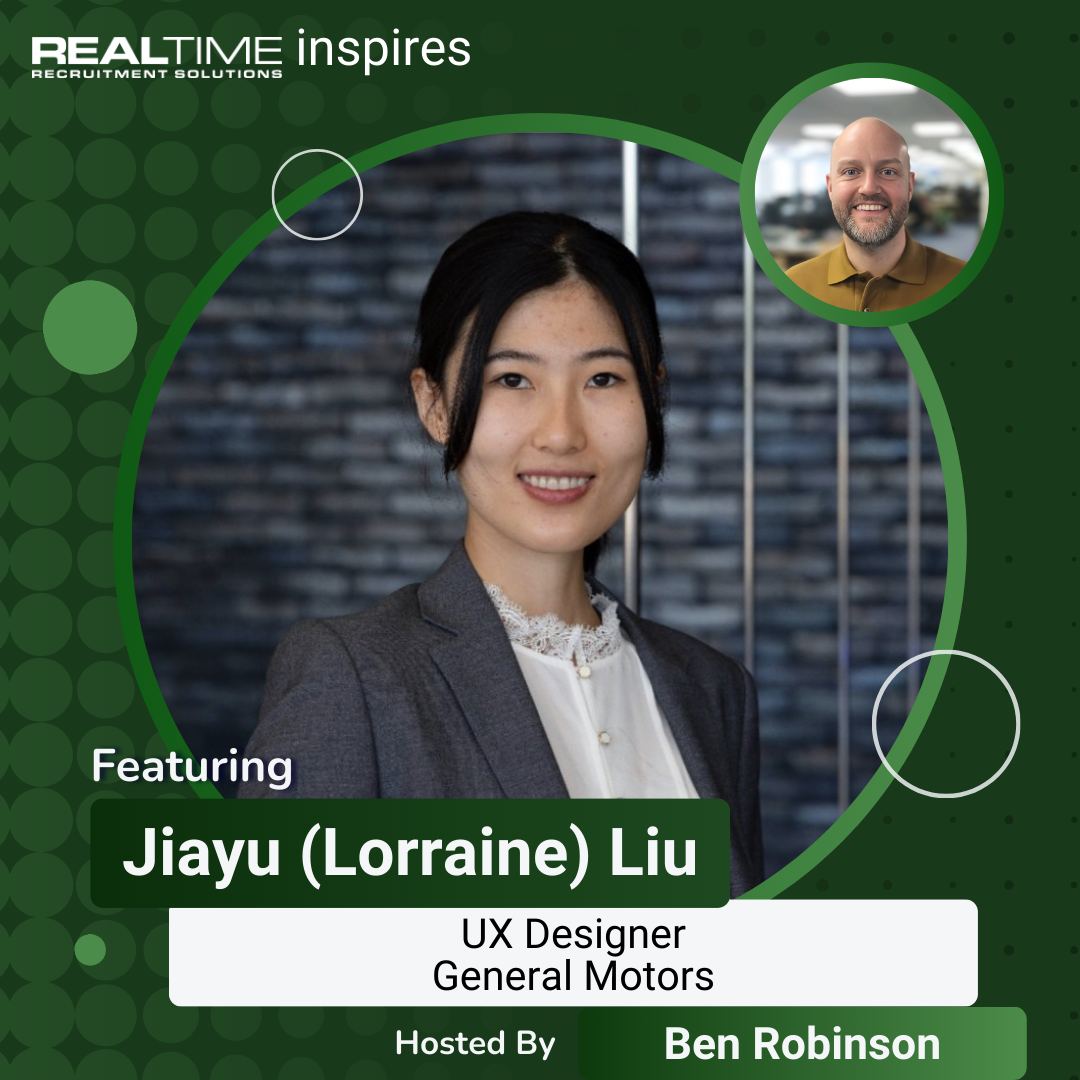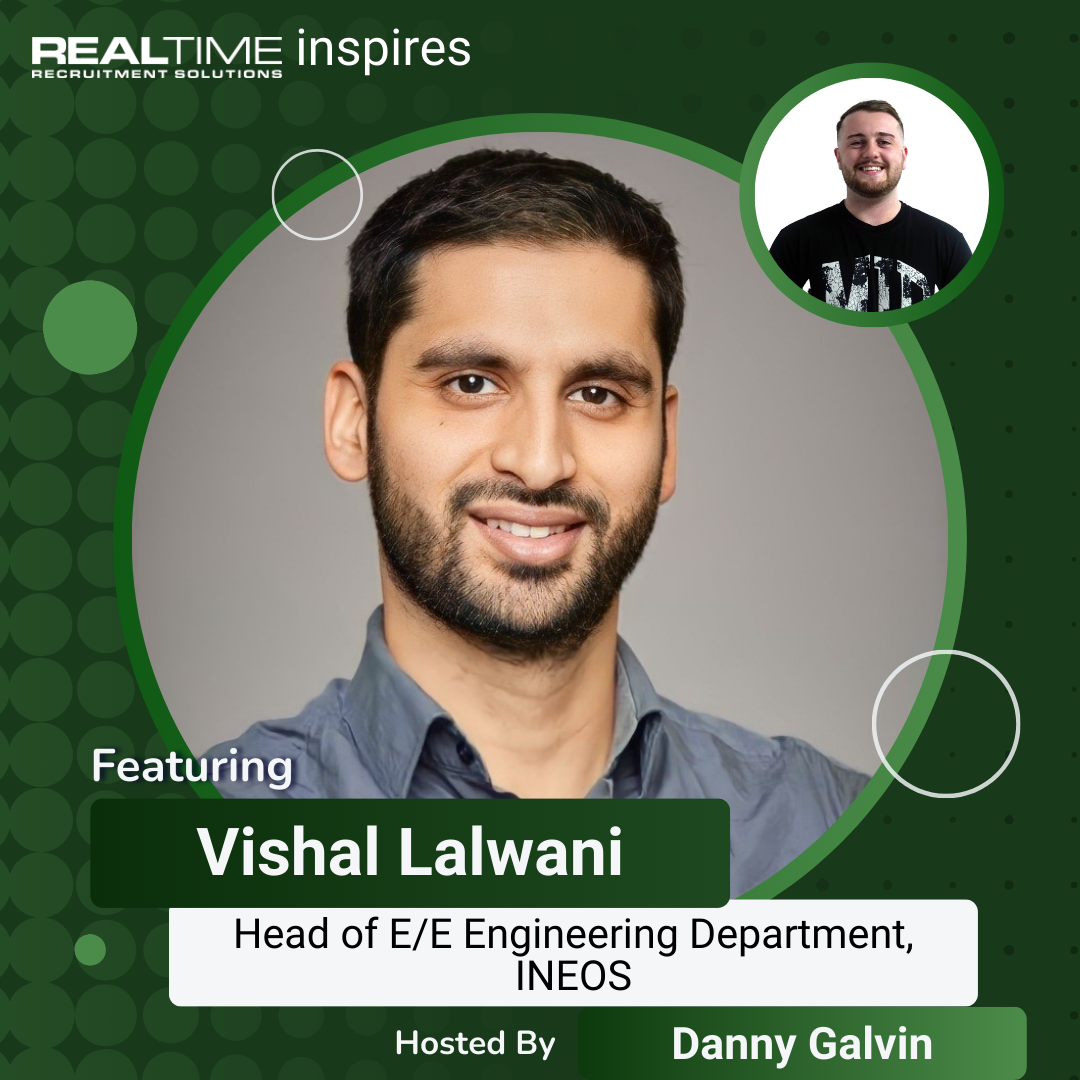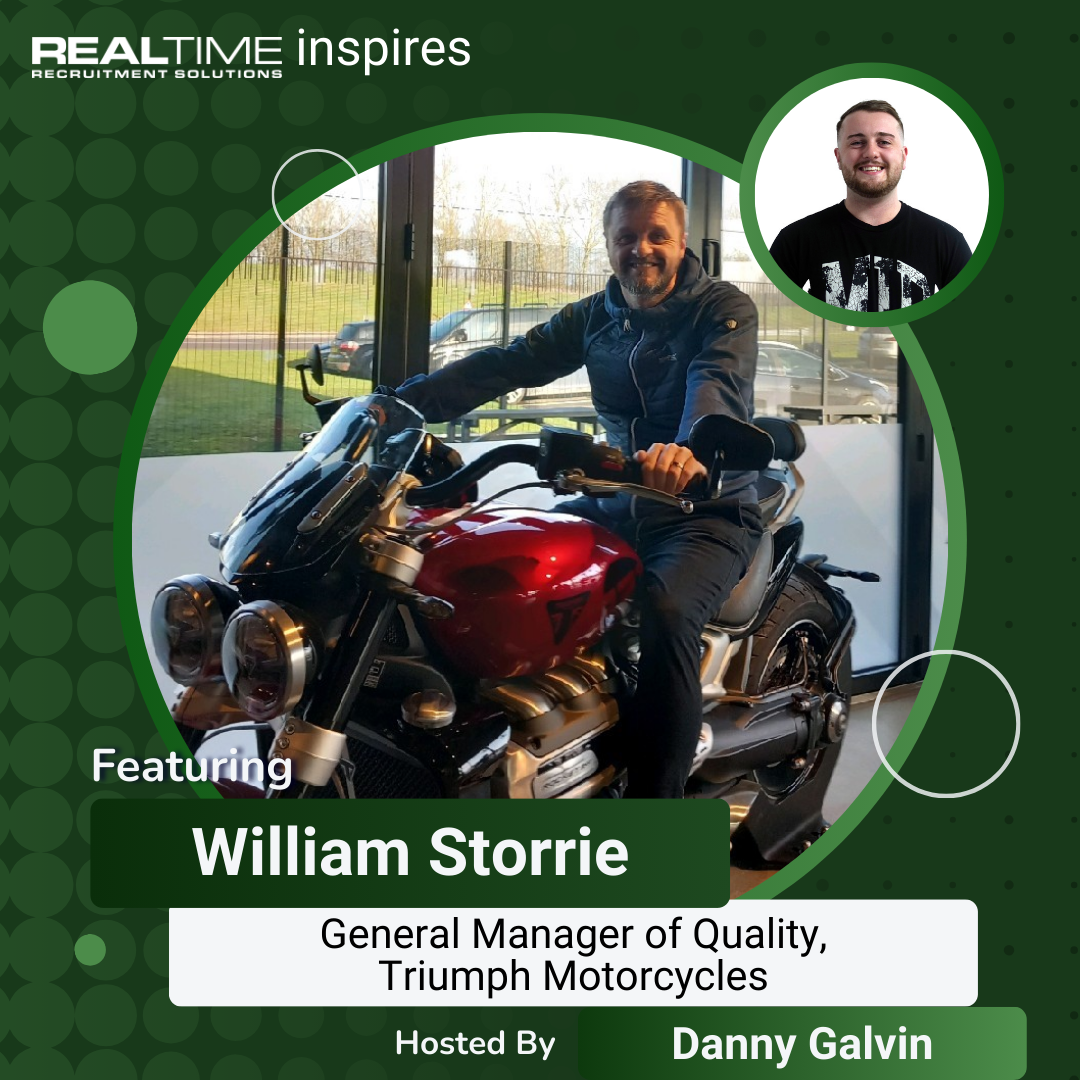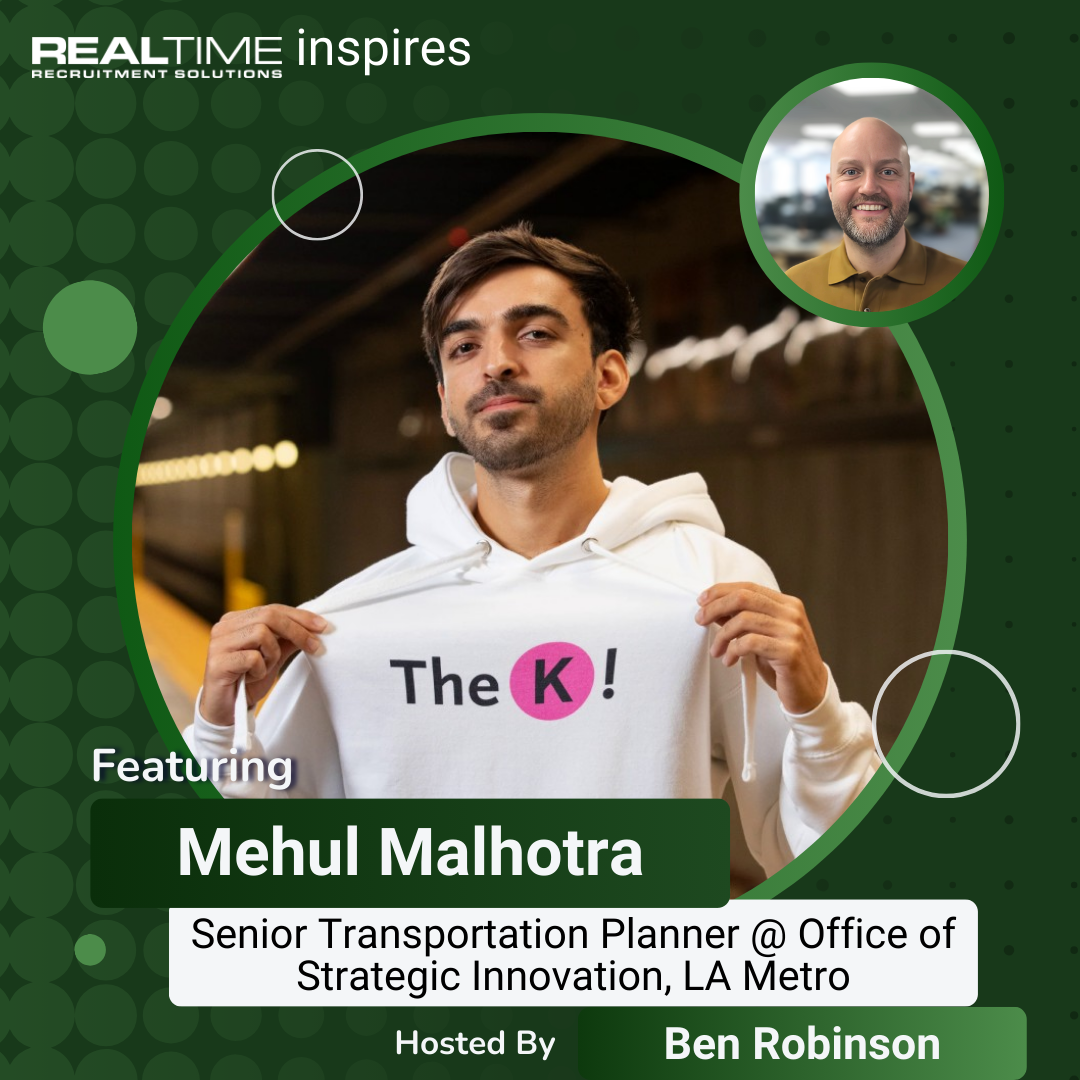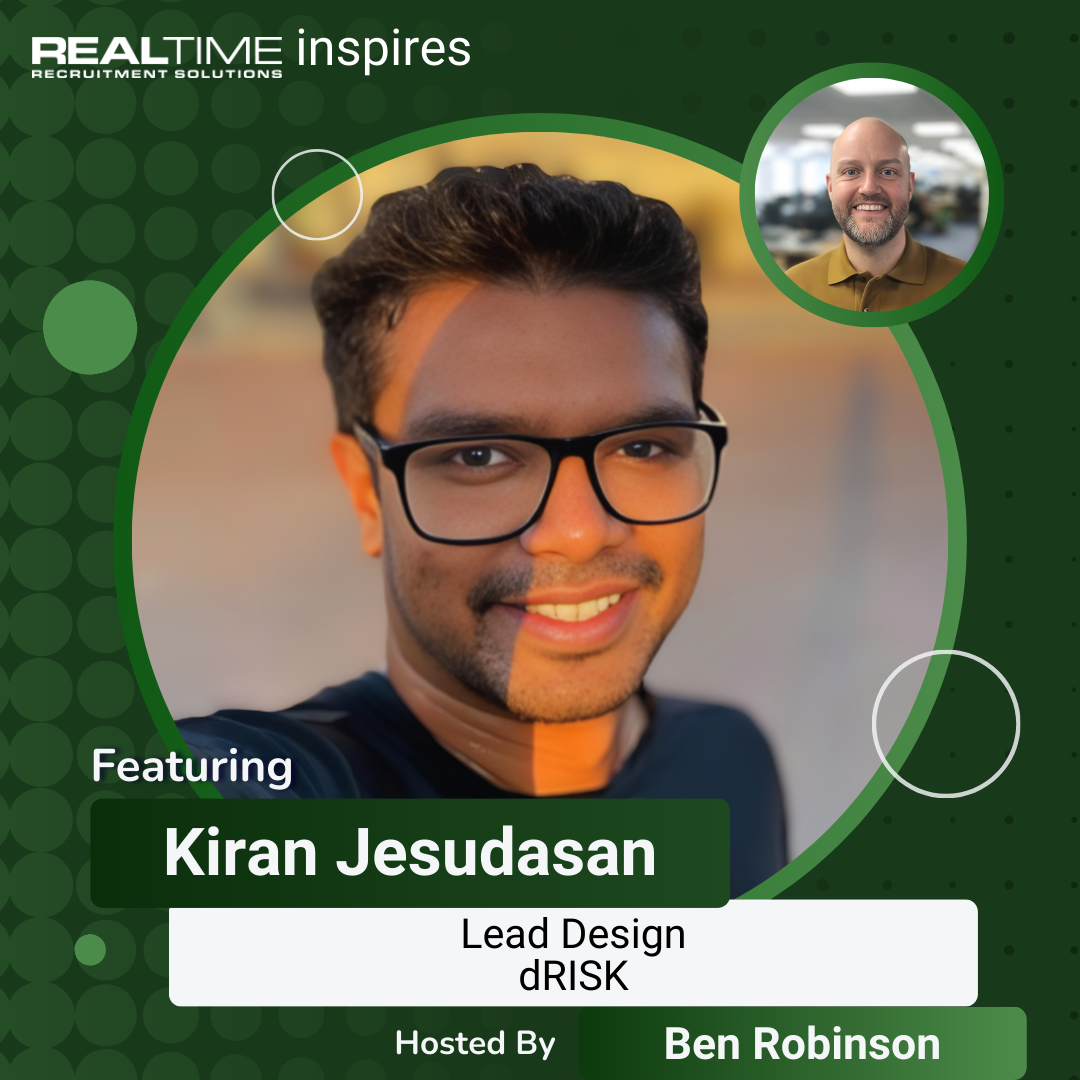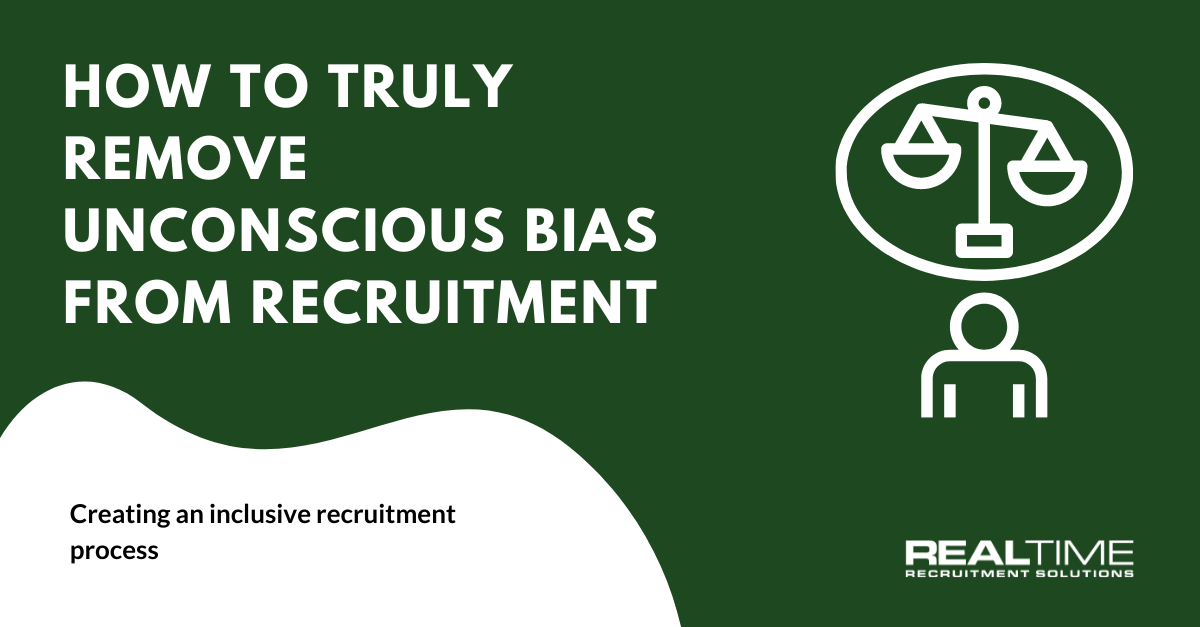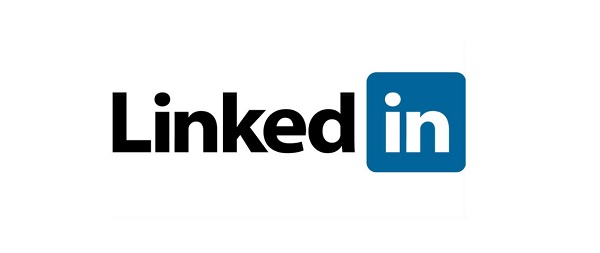
How to ace your engineering LinkedIn profile
94% of engineering businesses check out candidates on LinkedIn before even meeting them. LinkedIn is a powerful professional network and if you’re not on there, or an uninteresting version of you is, you could be missing out on engineering job opportunities that you’re perfect for.
At RTRS, we specialise in working with engineering businesses and candidates like you. We know what companies look for in LinkedIn profiles and we know what is making your competition stand out. Here are our top tips for creating a LinkedIn profile that will get businesses chasing us for an interview with you!
Use a professional photo
Your holiday in Spain may have been great but save the sunset selfies for Facebook and get a professional headshot done for your LinkedIn profile. A professional photo shows that you’re serious about your professional image and that you know how to separate work from play. It’s your first impression – make it stand out for the right reasons.
Create a headline that hooks
You have between five and ten seconds to impress someone looking at your LinkedIn profile, and your headline is the difference between someone reading on or clicking off. With only 120 characters to charm, you need to make it punchy, stand out from the crowd and professional. Always talk in the first person, be wary of using buzzwords (they’re outdated), and be engaging in a way that makes the viewer need to read more.
Market yourself
LinkedIn is your digital brand – sell yourself. It’s easy to get caught up in bullet pointing your day-to-day activities, but we all know you can answer the phone professionally and respond to emails quickly. Don’t be overly or underly wordy and define your employment history in terms of achievements that showcase your skills. Try to include at least three previous positions, and don’t worry about the pub you worked in when you were at university.
Publish yourself
LinkedIn provides you with the opportunity to attach articles, a link to your blog, your project portfolio and publish your own content. If you already have this media, or can easily create it, it is an indispensable tool in showcasing your expertise and demonstrating your passion. Importantly, it could differentiate you from your competition. Be wary that this is not Facebook, however, and save the personal posts for your restricted social media accounts.
Update your skills
LinkedIn allows you to add up to 50 skills, highlighting three as your top ones. Don’t leave this blank. At RTRS, we can advise on the skills that are in demand and the ones that engineering companies will be willing to pay more for. Be honest about the skills you do have and work on the ones you don’t.
Connections and recommendations
LinkedIn is a powerful professional networking tool. Connect with your existing network through the useful email address book feature and add meaningful new connections – you never know who knows who. Once you have built your network, approach respected connections to ask for genuine recommendations that will be displayed on your profile. Be specific in your request (i.e. can you please give me a recommendation based on my project management skills) to highlight certain areas of expertise and talent.
Join groups
LinkedIn has over one and a half million groups – use them. Join industry-relevant groups to stay up to date on industry trends, make useful connections, raise your profile and demonstrate that you’re active in the engineering sector.
Proofread it
You work in engineering, meaning that you’re a detail-oriented person. Don’t let your LinkedIn profile let you down with mistakes. Triple check your profile and then speak to us at RTRS to see how we can help.
Get in touch
With over 562 million users, LinkedIn it is an extremely powerful tool in your quest to advance your engineering career. Create a profile that makes an impression by telling your story, being honest and showcasing your talent and then speak to RTRS about how we can connect you with your next engineering position.
